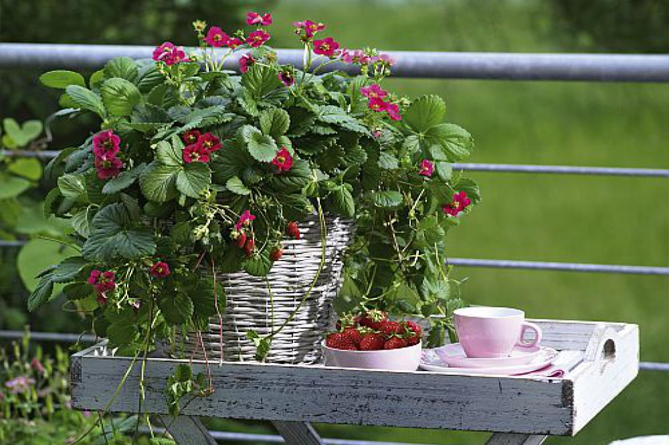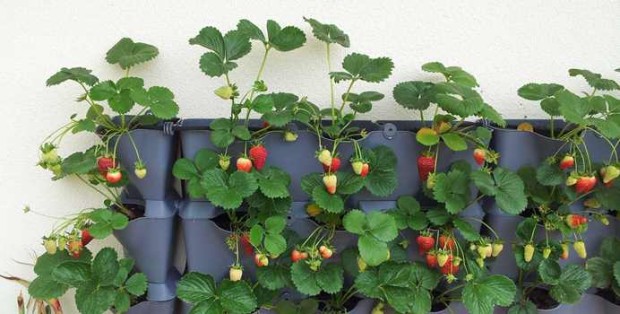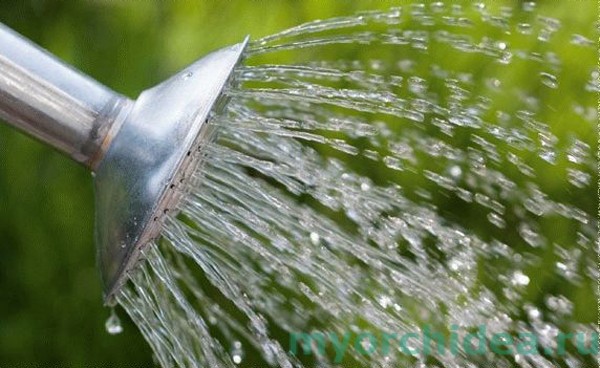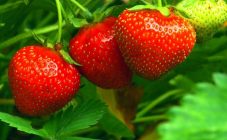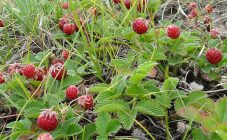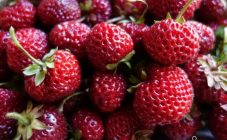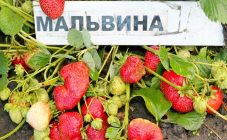Content:
The content of a mass of useful minerals and vitamins in strawberries makes it one of the most popular berry crops in the world. It has a positive effect on mood, immunity, digestion and heart function. Promotes the synthesis of hemoglobin, improves memory and concentration. It is an antioxidant - it helps to detoxify the body.
History of creation
Tuscany (Toscana F1) is a perennial remontant hybrid of ampelous strawberries (classified as a variety of garden strawberries). The variety was bred in 2011 by the Italian company ABZ seeds, the winner of the world competition of ornamental plants FleuroStar 2011/12. The plant got its name in honor of the Italian wine-growing region. The presentation of the Tuscany strawberry caused a sensation among breeders around the world. Since then, its popularity has only increased.
Characteristics of the variety
Tuscany strawberries have attracted gardeners for their unique decorative appearance. It has become a real find for exotic lovers who are deprived of the opportunity to grow berries in the garden. Tuscany has perfectly fit into the interiors of the apartments and has become their true decoration.
Description of strawberry varieties Tuscany
Compact, undersized (15-25 cm) bush. It grows horizontally by 30-45 cm. Shoots reach a meter length. The leaves of the plant are dense, shiny, dark green in color. The strawberry bush is covered with small, bright ruby flowers. Cone-shaped scarlet berries of medium size, weighing 30-40 grams, have a dense texture, a pronounced aroma of wild strawberries and a sweet taste.
Varietal features
- The decorativeness of the bush allows you to grow this ampelous strawberry variety in suspended pots or on vertical ridges, and use it in landscape design.
- Early ripening allows you to have the first berries in May.
- Frost resistance makes it possible for the remontant type of plant to bear fruit before the onset of cold weather. In warm regions, Tuscany can easily endure the winter without shelter.
- Productivity. Despite the low weight of the berries, up to 1 kg of strawberries can be harvested from each bush. Rosettes with peduncles are formed on long mustaches. This characteristic feature of Tuscany allows you to harvest continuously - new ovaries are born in the place of ripe fruits, and this continues throughout the growing season.
- Excellent taste. Berries are consumed fresh and canned.
- Ease of transportation is possible due to the dense structure of the berries.
- The unpretentiousness of Tuscany guarantees the possibility of cultivation even in dimly lit areas. The berry easily tolerates drought.
- Resistance to diseases and lesions of a fungal nature is inherent in the genetic code of the hybrid.
Agricultural technology of cultivation
The berry is not whimsical, but without proper care at all stages of development, it is useless to wait for a good harvest. This is especially true for top dressing, since the shoots are saturated from the mother bush. Without timely fertilization, the fruits are crushed.
Landing
Strawberries are suitable for open field cultivation in regions with warm to temperate climates. In the northern regions of Russia, it is impossible to cultivate it in the open field. Planted in the ground, Tuscany looks perfect as a ground cover plant. It is used much more often in a variety of suspended and vertical structures.
The plant, unpretentious to lighting, feels well all year round in apartments, winter gardens, greenhouses, on insulated loggias and verandas.
The soil should be light, airy and nutritious. You can buy a ready-made mixture or make it yourself. The following composition of the mixture is suitable: sand - 1 part, turf and humus - 3 parts each, 6 parts of peat.
It is advisable to plant seedlings in April, May or August. In spring, seedlings bought or grown from seeds are usually planted. In the fall, newly formed rosettes on the mustache are planted or seedlings obtained by dividing the bush. The varietal feature of Tuscany is the wide growth of the bush, so it needs freedom. The distance between the bushes should be at least 1 m.
Watering
Strawberries like basal watering abundantly, but you shouldn't water them often. Waterlogging can lead to decay, disease and death of plants. If there is no way to water the berries at the root, then you need to water them in the morning. This will allow the leaves to dry out in a day, otherwise they will start to deteriorate and rot. The timing of watering can be determined with your finger by immersing it in the ground. If it's dry, it's time to water the plants. This is usually required every 2 days.
Top dressing
Fertilizing strawberries abundantly is enough 3 times per season. In spring and autumn, it is advisable to apply organic fertilizers, such as rotted manure and compost. Summer dressing should contain potash fertilizers - to maintain the brightness of the flowers. It is advisable to feed with mineral fertilizers once every two weeks.
Care
Unpretentious strawberry Tuscany, like all plants, requires proper supervision and care. It is necessary to loosen the soil, remove weeds, apply mulching.
Pruning excess, dry and diseased leaves and whiskers will help maintain the health and productivity of varietal strawberries. Mustache removal is carried out every 1.5-2 weeks. Only the first 2 sockets are left (they are suitable for reproduction), everything else is cut off. The first peduncles must be removed to enhance plant growth.
Pests and diseases
The main pests of the Tuscany strawberry variety are:
- strawberry nematode;
- strawberry mite;
- spider mite;
- plant aphid;
- leaf roll.
Various chemicals or folk remedies are used against dangerous insects. From the nematodes around the bushes, grooves are pulled out, which are filled with lime. Also, in order to save the berry from the invasion of pests, spraying with a garlic soap solution is used.
Diseases dangerous for Tuscany:
- fusarium and late blight wilting;
- powdery mildew;
- gray rot;
- brown and white leaf spot.
Timely preventive treatment of plants will help avoid damage to strawberry plantings.
Advantages and disadvantages of the variety
Comparative table of positive and negative characteristics
| Benefits | disadvantages |
|---|---|
| Decorativeness | Afraid of waterlogging |
| Yield | Requires regular pruning |
| Cold resistance | Susceptibility to certain diseases |
| Drought tolerant | Afraid of harmful insects |
| Quality of taste data | Pollination and degradation hazard |
| Early maturation | |
| Unpretentious care | |
| Long-term fruiting | |
| Undemanding lighting | |
| Transportability | |
| Disease resistance |
The table shows a clear advantage of positive properties over disadvantages.
Strawberry Tuscany, thanks to its main advantage - a wonderful appearance, with a bonus of aromatic sweet berries, rightfully occupies a leading place among ampel varieties.

